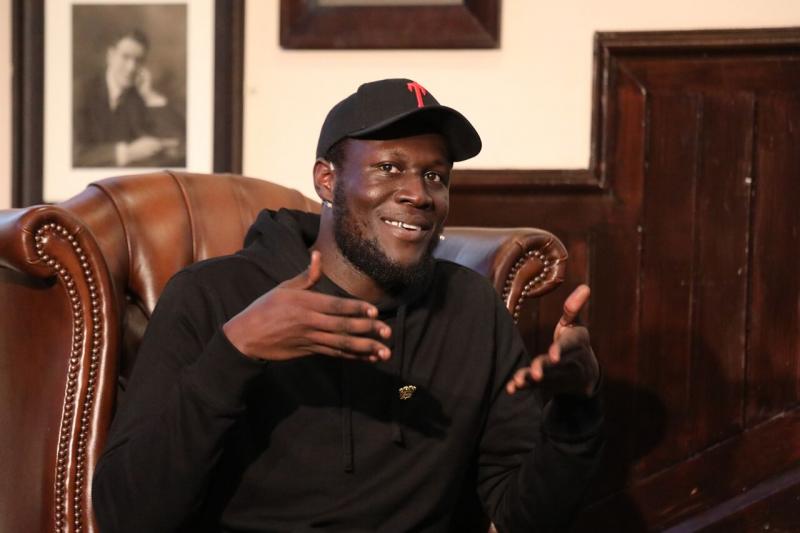
The number of UK black undergraduate students starting at the University of Cambridge this term has risen significantly from last year. A total of 91 black students have been admitted, up from 61 in the 2018/19 academic year…a rise of almost 50%.
The number of UK black undergraduate students starting at the University of Cambridge this term has risen significantly from last year. A total of 91 black students have been admitted, up from 61 in the 2018/19 academic year…a rise of almost 50%.
We have achieved this without any reduction in offer levels
Senior Pro-Vice-Chancellor Prof Graham Virgo
That means, for the first time, the proportion of black students has risen above 3% (3.4%), reflecting wider UK society. In 2019-20 there will be more than 200 black undergraduates studying at Cambridge – an all-time high.
The number of UK BAME (Black, Asian and Minority Ethnic) undergraduate students admitted has also reached a new record and now stands at 26.8%.
Senior Pro-Vice-Chancellor (Education), Professor Graham Virgo, says:
“The University has worked hard to get the message out that it is a welcoming place for students regardless of their ethnicity. This record rise in the number of black students is a credit to their hard work and ability: we have not lowered entry standards. It is also a credit to the hard work put in by admissions staff across the University and Colleges in running various outreach activities, and the positive campaigns run by our student societies and external partners. We have achieved this without any reduction in offer levels or provision of preferential treatment.”
A number of factors are thought to be behind the increase in black students applying and being admitted. One is likely to be the “Stormzy effect”. In August 2018, the award-winning British grime artist announced he would fund tuition fees and living costs for two students each year for the duration of their study at Cambridge. Since then the University has seen an increase in the number of black students engage in its outreach activities and enquire about its courses.
Another reason for the success is attributed to proactive campaign work on behalf of the University. Earlier this year it published a series of short films presented by the You Tube influencer, and Cambridge graduate, Courtney Daniella, aimed at challenging the misconceptions surrounding a Cambridge degree. These have been shared widely.

Stormzy addressing the ACS Motherland Conference in 2018
Of equal importance, several student societies have been actively involved in access work, promoting the University to groups of young people who may not have thought of, or ever been encouraged, to apply to Cambridge. Students from a wide range of backgrounds have volunteered for outreach events. And the work of external partners such as Target Oxbridge has continued apace. This programme, run by the diversity specialist, Rare, provides advice and support for A level students wishing to apply to Cambridge and Oxford. The number of students wanting to engage with the programme has more than doubled over the past year.
Wanipa Ndhlovu, President of the University’s African-Caribbean Society (ACS), welcomed the figures:
“This is really good news and is a testament to the hard work that ACS, as well as the University, has been putting in to break down perceptions. It should send out a signal to other black students that they can find their place at Cambridge and succeed. I hope this will be seen as encouraging to any black student who may have been told Cambridge isn’t the place for them.”
In September the University announced more than 68% of its students came from a state school background. And a total of 67 students from widening participation backgrounds were offered places through Adjustment this year, the first time the University has adopted it.

The text in this work is licensed under a Creative Commons Attribution 4.0 International License. Images, including our videos, are Copyright ©University of Cambridge and licensors/contributors as identified. All rights reserved. We make our image and video content available in a number of ways – as here, on our main website under its Terms and conditions, and on a range of channels including social media that permit your use and sharing of our content under their respective Terms.




